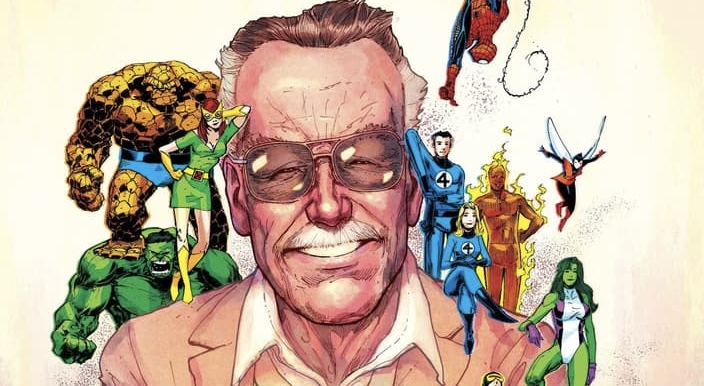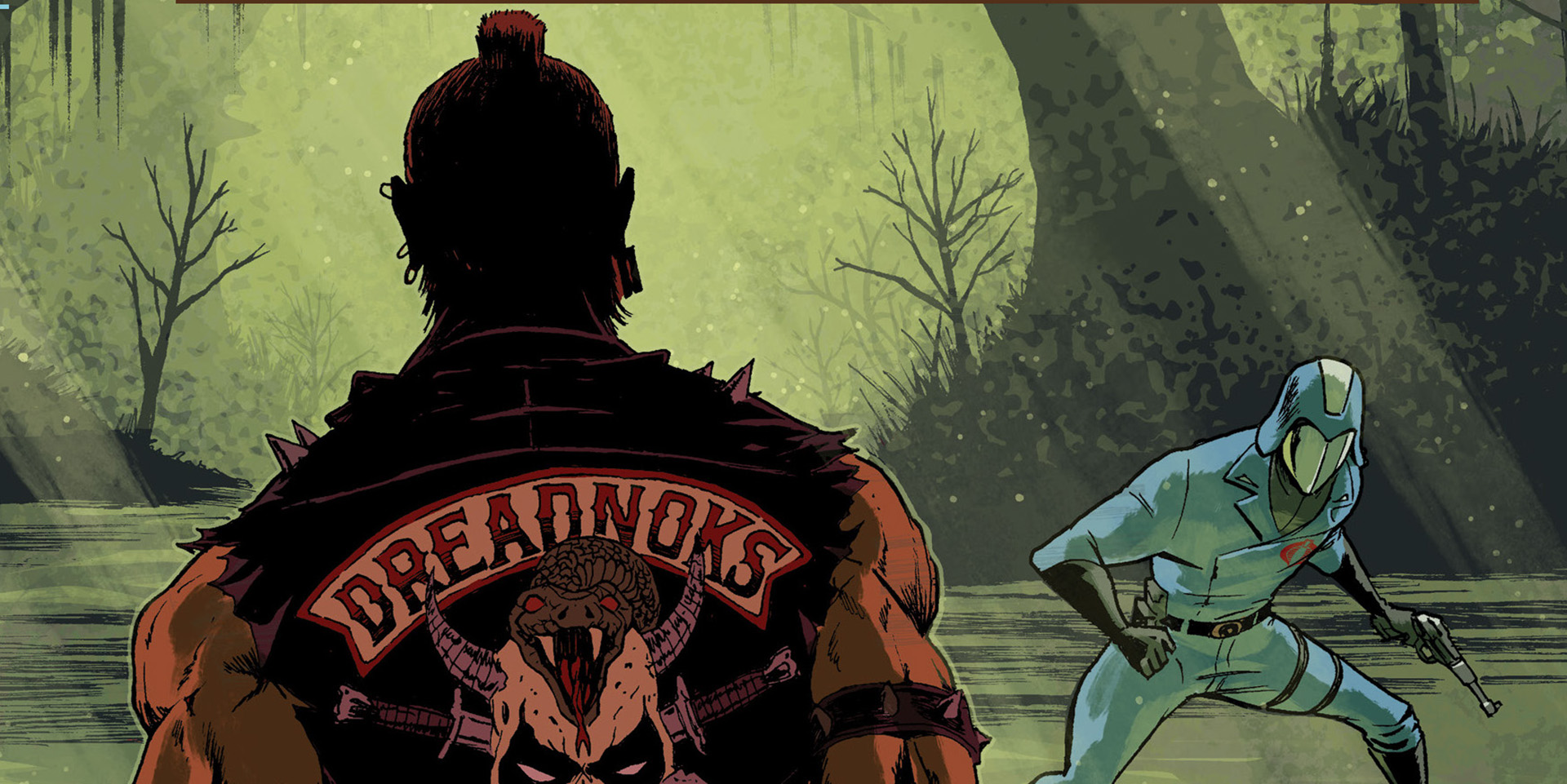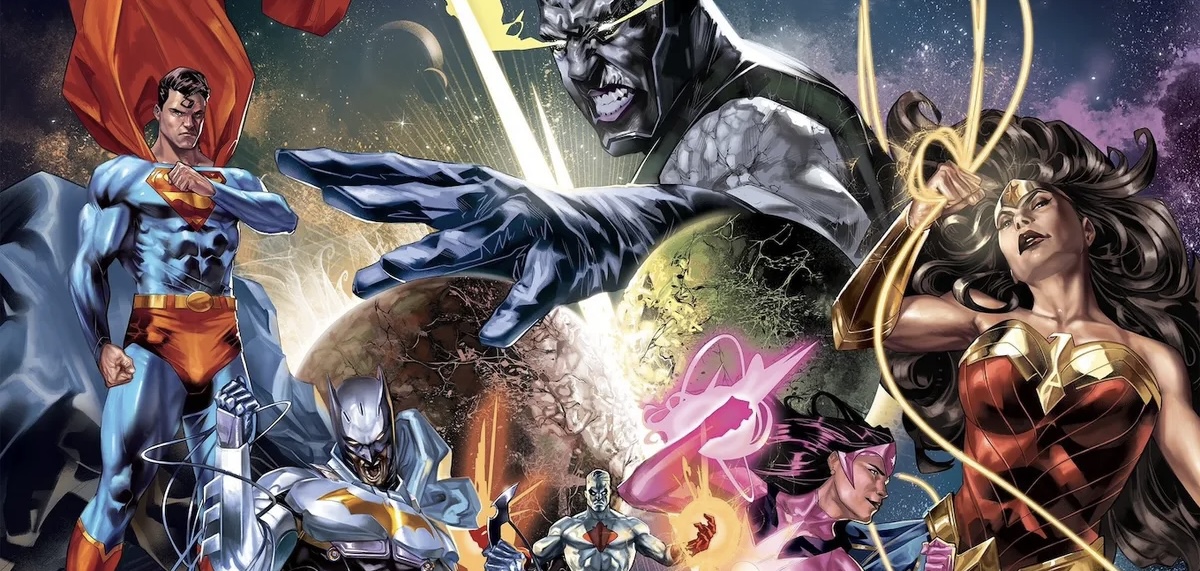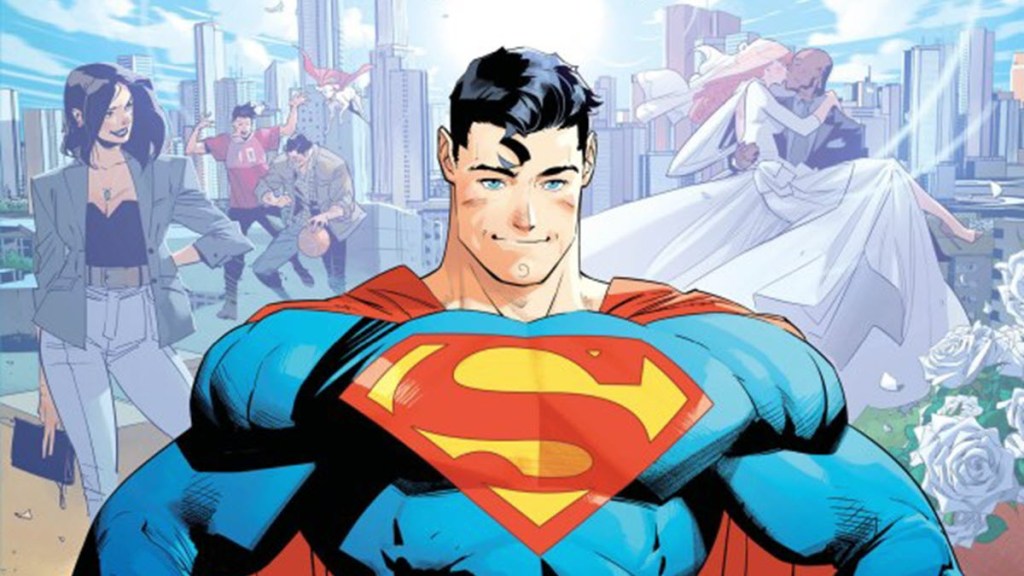Stan Lee, the legendary co-creator of many of Marvel Comics’ most iconic characters, stands as one of the most influential figures in comic book history. From the 1960s onward, his collaboration with artists like Jack Kirby, Steve Ditko, and others gave birth to the Marvel Universe—a vast, interconnected world of flawed, relatable heroes and cosmic threats. While Lee may not have penned every single Marvel story, his fingerprints are on some of the greatest and most groundbreaking tales in comic book history. This article highlights some of Stan Lee’s best storylines and how they helped shape Marvel into the powerhouse it is today.
1. The Amazing Spider-Man: The Origin of Spider-Man (Amazing Fantasy #15, 1962)

Stan Lee’s creation of Spider-Man is perhaps his most enduring legacy. In Amazing Fantasy #15, Lee introduced the world to Peter Parker, a shy, awkward teenager bitten by a radioactive spider, giving him superhuman abilities. What made this story unique—and revolutionary—was that Peter was not the typical square-jawed, infallible hero. He was a high school student struggling with school, bullies, and family responsibilities.
The central theme of “With great power comes great responsibility,” instilled by the tragic death of Uncle Ben, became Spider-Man’s guiding principle. It was a story about guilt, responsibility, and redemption, wrapped in the colorful trappings of superhero action. This humanized approach to superhero storytelling was a stark departure from the perfect, godlike heroes of the time and laid the groundwork for the Marvel Universe’s “everyman” style of hero.
Why It’s One of the Best:
This story changed the game. Spider-Man’s origin is timeless, and Peter Parker’s relatable struggles made him one of the most beloved characters in comic book history. The balance between Peter’s personal life and his heroic responsibilities became a hallmark of Spider-Man stories, with Lee laying the foundation for decades of storytelling.
2. The Coming of Galactus (Fantastic Four #48-50, 1966)
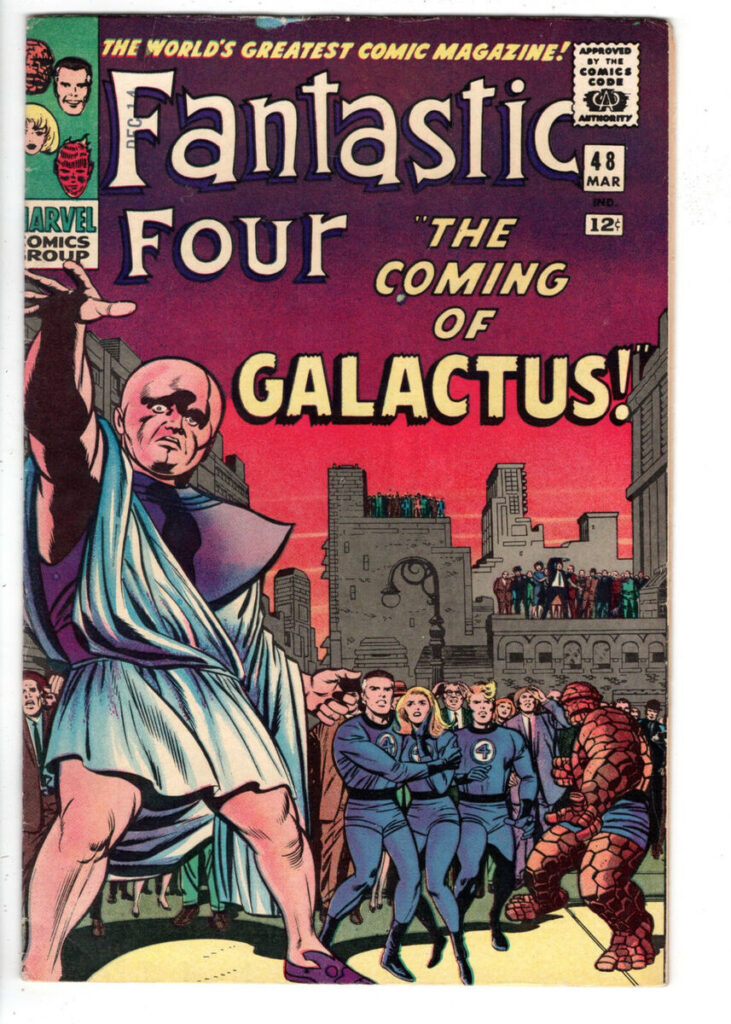
In the pages of Fantastic Four, Stan Lee, alongside artist Jack Kirby, transformed superhero storytelling into a cosmic epic with “The Coming of Galactus.” This storyline introduced Galactus, a godlike entity who devours planets for sustenance, and his herald, the Silver Surfer. The story begins when the Silver Surfer scouts Earth for his master, leading to an epic showdown between the Fantastic Four and one of the greatest threats the universe has ever known.
What makes this storyline stand out is its scope. Before this, superhero stories were largely confined to Earth-bound villains and personal dramas. With Galactus, Lee and Kirby elevated the stakes to cosmic proportions, turning the Fantastic Four from New York-based heroes into defenders of the planet and beyond. This storyline also introduced the Silver Surfer as a tragic figure—once a noble being who sacrificed his freedom to serve Galactus in exchange for the salvation of his home world.
Why It’s One of the Best:
“The Coming of Galactus” is one of the earliest examples of a superhero story dealing with cosmic themes, something that would become a staple of Marvel Comics. It introduced the concept of celestial beings far beyond the understanding of humanity and demonstrated that superhero comics could explore larger-than-life concepts. The Silver Surfer’s moral struggle and Galactus’ godlike detachment added a layer of depth rarely seen in comics at the time.
3. The Death of Gwen Stacy (The Amazing Spider-Man #121-122, 1973)
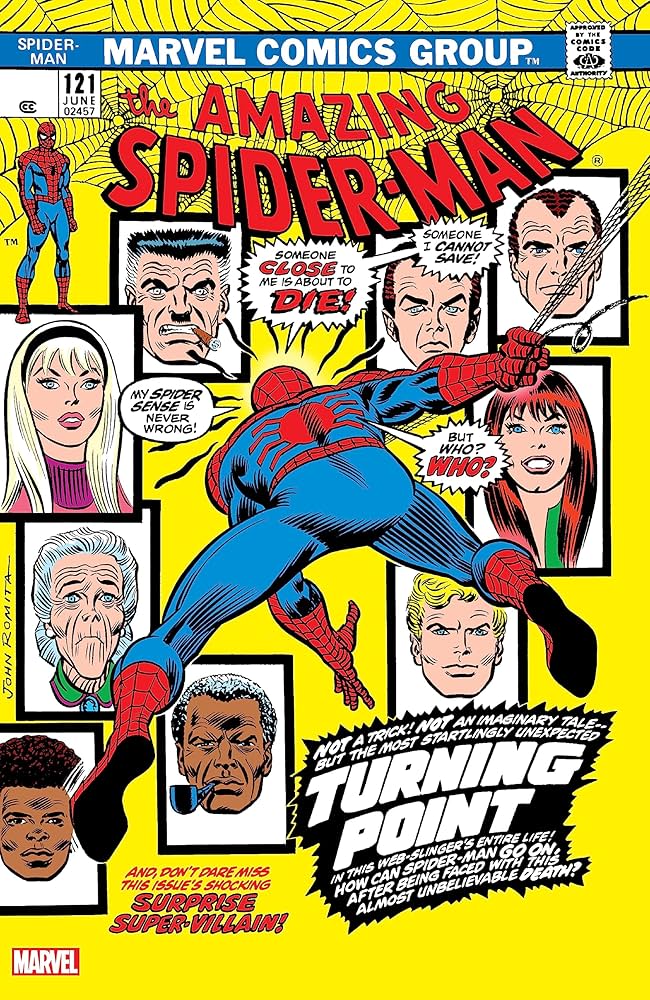
Stan Lee had handed off writing duties for Spider-Man by the time The Night Gwen Stacy Died was published, but as co-creator of Spider-Man and Gwen Stacy, his influence on the story cannot be overstated. This storyline marked a turning point in superhero comics—Gwen Stacy, Peter Parker’s girlfriend, was killed by the Green Goblin in a climactic battle that left fans shocked and devastated.
Gwen’s death wasn’t just another casualty in the life of a superhero. It marked the end of the Silver Age of Comics, a period where heroes almost always triumphed without lasting consequences. Peter Parker’s inability to save Gwen, despite his best efforts, injected a brutal sense of realism into superhero comics and reinforced the idea that being a hero often comes with tragic costs.
Why It’s One of the Best:
The death of Gwen Stacy is one of the most important moments in comic book history. It transformed Spider-Man from a light-hearted hero into a tragic figure haunted by personal failure. This storyline broke new ground in superhero storytelling, showing that comics could handle mature, emotionally complex themes.
4. The Birth of Marvel’s First Family (Fantastic Four #1, 1961)
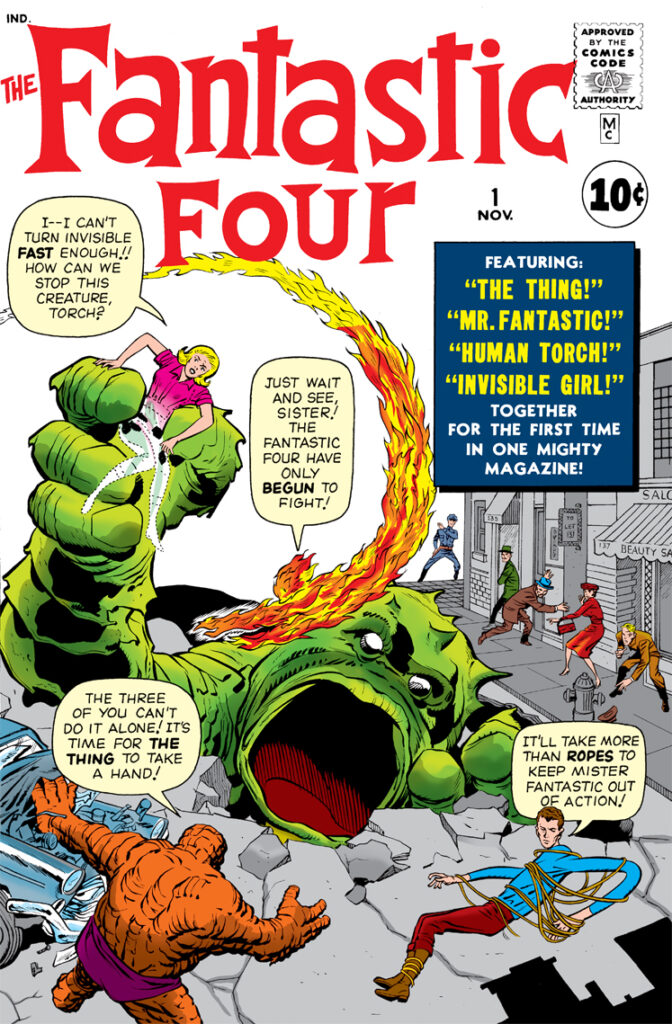
In Fantastic Four #1, creators Stan Lee and Jack Kirby launched what would become the foundation of the Marvel Universe, introducing readers to the groundbreaking superhero team known as the Fantastic Four. This debut issue not only introduced us to Reed Richards (Mr. Fantastic), Sue Storm (Invisible Girl), Johnny Storm (Human Torch), and Ben Grimm (The Thing), but it also redefined superhero storytelling by blending family dynamics with thrilling science fiction adventures.
The story follows the four heroes as they embark on their first mission together after a cosmic radiation accident grants them their extraordinary powers. Unlike previous superheroes, the Fantastic Four weren’t masked vigilantes—they were public figures with complex, sometimes volatile relationships. This approach set a new standard for character-driven comics, with realistic conflicts, camaraderie, and emotional depth.
Why It’s One of the Best:
Fantastic Four #1 broke the mold by emphasizing the characters’ flaws and relationships, making them relatable and human. This issue marked the beginning of Marvel’s “house style” of storytelling, where heroes weren’t perfect icons but complex individuals. The success of Fantastic Four opened the door for more unconventional heroes and established the interconnected Marvel Universe, paving the way for everything from the Avengers to the cosmic epics that followed. Its legacy remains a cornerstone in the comic book industry.
5. The First Appearance of Black Panther (Fantastic Four #52, 1966)
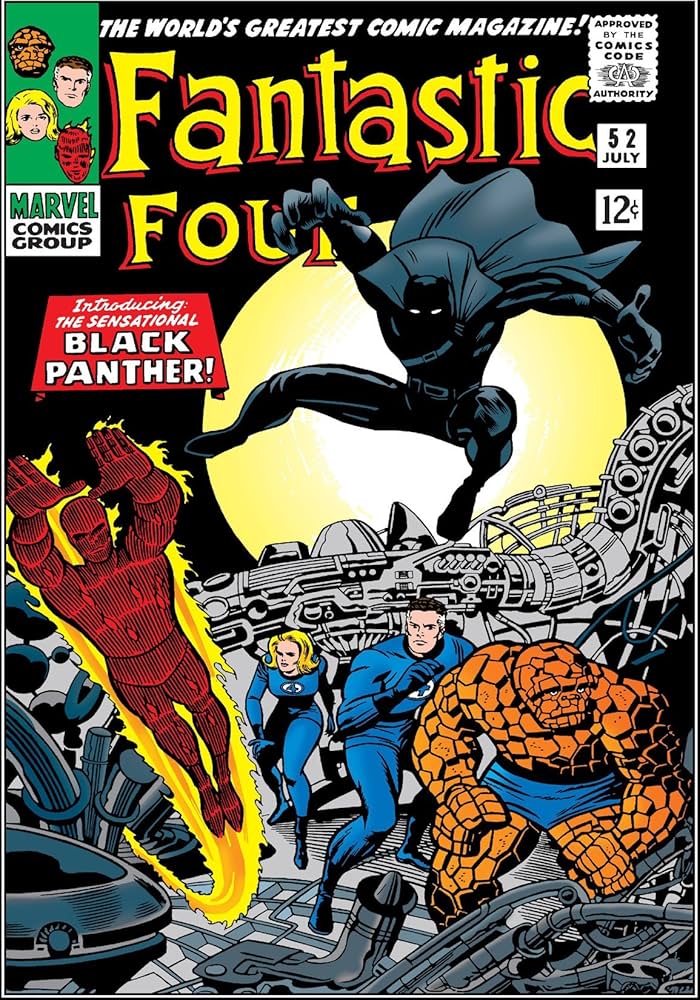
In Fantastic Four #52, Stan Lee and Jack Kirby introduced Black Panther, the first mainstream Black superhero in American comics. T’Challa, the king of the technologically advanced African nation of Wakanda, is more than just a superhero—he’s a ruler, a strategist, and a symbol of African pride and independence.
In his debut storyline, the Fantastic Four visit Wakanda, where they meet T’Challa, who challenges them in combat to test their abilities. It’s later revealed that he has sought them out to help defend his kingdom from the villain Klaw. The introduction of Black Panther added a new layer of diversity to the Marvel Universe, expanding its world beyond the borders of the United States.
Why It’s One of the Best:
Black Panther’s introduction is significant not just because of his character, but because it marked a step forward in representation. T’Challa wasn’t a sidekick or a secondary character; he was a king and a hero in his own right. His intelligence, leadership, and combat skills made him an instant fan favorite, and his debut set the stage for more diverse heroes in the Marvel Universe.
Stan Lee’s influence on Marvel Comics cannot be overstated. He co-created many of the most iconic characters in comic book history and penned some of the greatest storylines that shaped the Marvel Universe. From Spider-Man’s relatable struggles to the X-Men’s powerful themes of diversity and acceptance, Lee’s characters were far more than superheroes—they were symbols of the human condition.
Lee’s approach changed how readers connected with heroes. They were flawed, imperfect, and often dealt with real-world issues like identity, prejudice, and responsibility. He infused each story with moral and ethical questions that gave his characters depth. Alongside creative partners like Jack Kirby and Steve Ditko, Lee took comics beyond simple good-vs-evil tales and developed an interconnected universe where characters crossed paths and their choices had lasting consequences.
Lee also transformed Marvel’s relationship with fans, building a sense of community through the now-iconic “Stan’s Soapbox” columns, where he spoke directly to readers. His enthusiasm and optimism for what comics could be helped Marvel transcend the medium, creating a shared universe that resonated globally, on and off the page. His legacy endures not only in the vast Marvel Universe he helped create but also in the storytelling foundation that continues to inspire and entertain fans worldwide.

